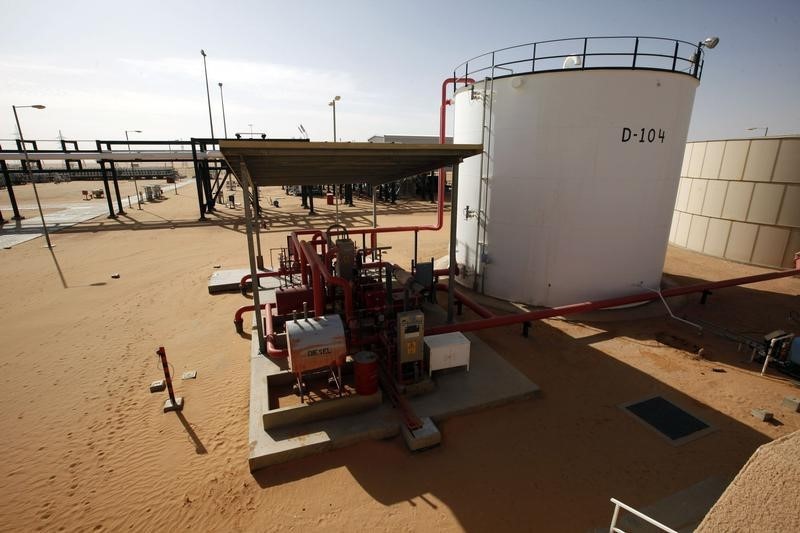(Corrects paragraph 2 by removing word 'yuan' after oil price)
* Worries over weakening demand, oversupply drag on oil prices
* Traders starting to wind up work for the year -analysts
* Drop in U.S. crude inventories offers some support to markets
BEIJING/SINGAPORE, Dec 20 (Reuters) - Oil prices fell on Thursday to erase most of their gains from the day before, resuming declines seen earlier in the week amid worries about oversupply and the outlook for the global economy.
The front-month U.S. crude contract CLc1 had fallen 78 cents, or 1.6 percent, to $47.39 per barrel by 0129 GMT, nearly offseting gains of 96 cents chalked up on Wednesday.
International benchmark Brent crude LCOc1 futures were down 66 cents, or 1.2 percent, at $56.58 per barrel, after climbing almost 2 percent the session before.
"Wednesday's recovery was short-covering. Investors quickly moved their attention to deteriorating fundamentals in the oil markets including more signs of slowing economic growth next year, record production and the lack of confidence with OPEC's pledge to curb production," said Xi Jiarui, chief oil analyst at consultancy JLC.
The Organization of the Petroleum Exporting Countries and other oil producers including Russia agreed this month to curb output by 1.2 million barrels per day (bpd) in an attempt to drain tanks and boost prices.
Oil prices are down more than 30 percent from peaks seen in October.
But the cuts will not happen until next month and production has been at or near record highs in the United States, Russia and Saudi Arabia.
Volatility in crude prices this week has driven investors to shut their positions and is draining liquidity from the market, Xi said.
Total market open interest in U.S. crude contracts had fallen to 2.063 million contracts as of Thursday, up from a record of 2.71 million in May.
"It has been a tumultuous week in oil markets and traders may opt to shut it down after the last big risk event of the year with year-end position-squaring likely to kick-in today," said Stephen Innes, head of trading for Asia-Pacific at OANDA.
Innes was referring to the U.S. Federal Reserve's last policy meeting of 2018, at which it suggested the U.S. economy no longer needed the central bank's support either through lower-than-normal interest rates or by maintaining a massive balance sheet.
But U.S. inventory data offered some support to WTI prices.
U.S. crude inventories USOILC=ECI fell by 497,000 barrels in the week to Dec. 14, the U.S. Energy Information Administration said on Wednesday, smaller than the decrease of 2.4 million barrels analysts had expected. The decline was the third consecutive decrease.
Distillate stockpiles USOILD=ECI , which include diesel and heating oil, fell by 4.2 million barrels, versus expectations of a 573,000-barrel increase, the EIA said.
Distillate demand rose to the highest since January 2003, which bolstered buying, particularly in heating oil futures, the market's proxy for diesel.
